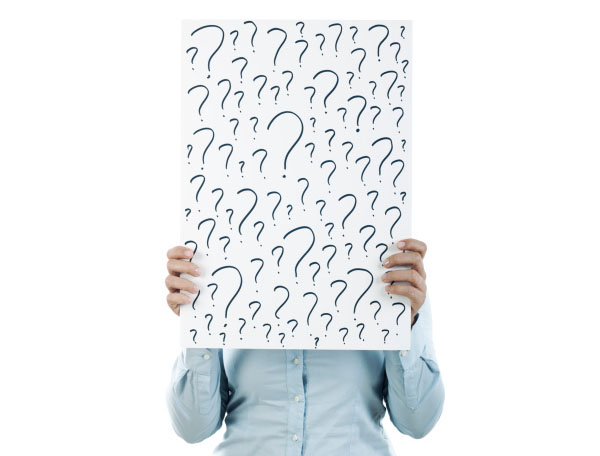Why Defining Your Buyer Persona is Fundamental to Your Inbound Marketing Campaign

Every business that sells products and services online is looking for an edge over the competition. It makes sense, too, because in 2013, online spending in the U.K. alone reached £91bn, and it just keeps on growing. November 2014 saw the 20th straight month of sales growth in the U.K., with a 12.9% increase in sales over November 2013. Effective marketing is the key to reaching as many of those consumers as possible, and the buyer persona is the foundation of an effective marketing strategy.
What is a Buyer Persona?
A buyer persona is a stand in for, or representative of, the sort of person who is interested in the products or services you sell. The persona is created using psychographics and demographics. Psychographics include such things as values, online habits and interests, while demographics are age, education, gender, and the like.
Why are Buyer Personas so important?
The more focused your advertising is on your target audience, the less time and money you are required to spend on advertising. It’s like rummaging around for your coat inside a dark closet. You will waste less time and find it more quickly by turning on the light. Buyer personas turn the light on so you can see who you’re aiming for. Accurate buyer personas mean that the content you create in your inbound marketing campaign is created and posted using the personas as a guide.
Relevant content has a much stronger impact on targeted consumers or B2B buyers. It can also rank higher in searches. Content that is geared toward specific buyer personas is also more likely to be shared by them on their social media accounts. That spells additional leads for your business because the more people who see your content, the more aware people will become of your company.
Quality, targeted content helps paint your business as an industry authority, too, and that builds trust in consumers. The more trustworthy your business appears, the more likely people are to buy from you.
What Goes Into Creating a Buyer Persona?
All buyer personas (of which you should have several) should start out very broad. For example, you could identify the individual consumer and wholesale companies as your two main categories.
Progressing with the individual consumer category, you could further break that down into smaller segments, such as women purchasing for themselves and men buying as gifts. Once you drill down to more specific details, you’ll need to determine which demographics and psychographics are important to you. For example, if you sell snow boots or skis, the consumer’s location may be more important to you than if you sell ebooks.
There are myriad tools available online that can help you create effective buyer personas. To varying degrees of specificity, Google Analytics, Facebook Graph Search, and Twitter Analytics, all offer different ways to define your current customers and followers.
Keep It Up
The process of creating buyer personas is not a “one and done” proposition. Consumer spending habits change, and so will your personas. Using a reputable program, like Google or Twitter Analytics, or Facebook Search Graph, revisit your personas regularly, and modify them based on any new information. Your marketing strategy is only as strong as your buyer personas.
Creating buyer personas is not the quickest of tasks, but it is certainly one of the most critical. Since they truly are the foundation of any successful marketing strategy, it’s important to take your time when crafting them, and modify them as trends change. When they are kept current and are applied consistently in marketing strategies, buyer personas can help a business both save and make money.
Article by Leanne Mordue


